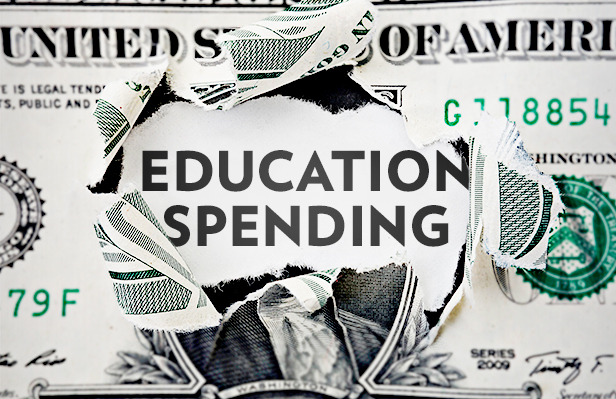Media

Saving for a Rainy Day — But Whose Money?
Let’s talk for a moment about rainy days—specifically, the need to save funds to spend on one. Several school board administrators and lobbyists have taken issue with CF’s searchable, sortable database of school district fund balances, showing public schools are sitting on over $4 billion in “rainy day funds.” Meanwhile, 85 percent of school districts plan to raise property taxes.
A Temple University report, authored by a former Pennsylvania School Boards Association employee, argues:
Just as an individual or family should maintain a savings account for unforeseen expenses or emergencies, school districts should also have funds in reserve to pay for emergency repairs or cover unexpected interruptions in revenues – such as a layoff at a major factory which suddenly affects tax collections.
If an individual or family could impose real estate taxes on their friends and neighbors, this analogy might pass muster. But an obvious difference exists between families socking away their own hard-earned money in a savings account and a school board severely over-taxing its district. The CF database shows 21 districts with over 50 percent (!) of their total expenditures squirreled away in reserve.
Every dollar held in excess by a school board is money earned by taxpayers that could otherwise be saved, invested, or spent by taxpayers. While some school districts stock up reserve funds, thousands of Pennsylvanians struggle to balance their family budgets.
Typically, the school board lobby defends excessive reserves by drawing an ironclad distinction between unassigned funds and assigned or committed funds. As CF explained in an earlier blog:
A district’s fund balance—what it owns minus it what it owes—is comprised of assigned, committed, and unassigned funds. Assigned and committed reserves are available funds designated for a specific purpose, while unassigned funds are available for any purpose.
School board directors argue the public should only scrutinize unassigned funds, since assigned and committed funds have already been earmarked. [For example, the Temple University report focuses solely on unassigned funds. Other funds are largely ignored.] They fail to mention, however, how easily money can be shifted among the three funds—often with a mere majority vote at the next board meeting.
The CF database anticipates this line of argument—and provides both total and unassigned reserve funds as a percent of expenditures. You’ll notice many districts keep their unassigned funds stocked to the legally mandated maximum amount at which they can still raise taxes, between 8 and 12 percent of total expenses, depending on district size.
Whether school boards should be judged on all reserve funds or simply unassigned funds is ultimately for taxpayers to determine. But the fact remains that dozens of Pennsylvania districts amassed large rainy day funds while also seeking tax increases.
What’s more, the Temple University report makes no mention of school districts’ capital reserve funds—yet another pot of money districts use to plan for construction projects.
Drawing attention to reserve funds is critical in order to increase transparency and raise awareness for taxpayers. While few school districts are sitting on a “pot of gold,” Pennsylvanians have a right to know that almost all districts enjoy alternatives to higher taxes.